Jin Iron Pagoda/ Iron Buddha Horseman in Armor 铁浮屠
Extremely heavy lamellar armor of a Jin Dynasty (1115–1234) "Iron Pagoda horseman" Some historians have referred to these heavy cavalry as cataphracts or clibanarii, in reference to their near identical appearance to heavy Persian cavalry from the 4-7th centuries.
FULL ARTICLES ABOUT IRON PAGODA CAVALRY
Iron Pagoda Horseman 0. Introduction
Iron Pagoda Horseman 1. Basics and Organization
Iron Pagoda Horseman 2. Combat Record and History
→ ☯ [PLEASE SUPPORT ME @ PATREON] ☯ ←
Thank you to my Patrons who has contributed $10 and above:
You helped make this happen!
➢ ☯ José Luis Fernández-Blanco
➢ ☯ Vincent Ho (FerrumFlos1st)
➢ ☯ BurenErdene Altankhuyag
➢ ☯ Stephen D Rynerson
➢ ☯ Michael Lam













Comments
I wonder where the reference to Buddhism comes from? Were the Jin such devout Buddhists that they would name their famed military unit after their religion?
But in archaic Chinese (or the Chinese translation of how Jurchen translated the word) it could be translated as both Iron Pagoda Horseman or Iron Buddha Horseman.